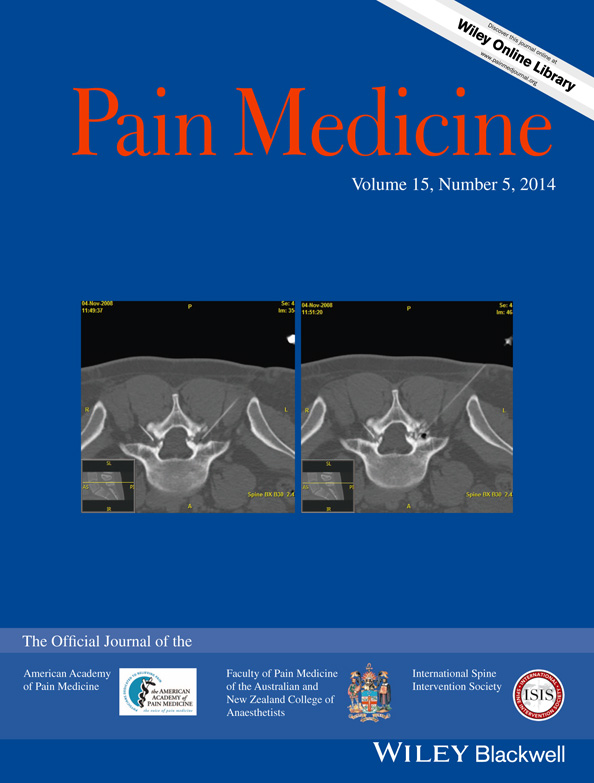Immediate Analgesic Effect of 8% Lidocaine Applied to the Oral Mucosa in Patients with Trigeminal Neuralgia
Abstract
Background
Trigeminal nerve block is widely used for trigeminal neuralgia (TN), though with much painful procedure and potential serious complications. The pain of TN occurs most frequently in the second and the third divisions of the trigeminal nerve, which are distributed in intraoral mucous membrane as well as face skin. Here, we examined the response to intraoral application of 8% lidocaine (LDC) in patients with oral TN pain in a double-blind, placebo (PBO)-controlled crossover study.
Methods
Twenty-four outpatients with oral TN pain were randomized to receive intraoral application of either 8% LDC or saline PBO to the painful area. Following 7-days period, patients were crossed over to receive the alternative treatment. The pain was assessed with a numerical rating scale (NRS) before and 15 minutes after treatment. Patients used a descriptive scale to grade pain outcome and were asked to note any recurrence and the latency for recurrence after therapy.
Results
Intraoral LDC, but not PBO, significantly decreased the NRS from 5 (4, 8) (median [25, 75 percentiles]) to 1 (0, 4) (P = 0.001). Of the 24 patients, 19 described marked or moderate relief of pain after LDC but only three described the same after PBO application. The effect of LDC and PBO persisted for 2.8 (0.3, 3.0) and 0 (0, 0) hours, respectively.
Conclusions
Intraoral application of 8% LDC produced prompt analgesia without serious side effects in patients with TN who presented with severe intraoral pain.




